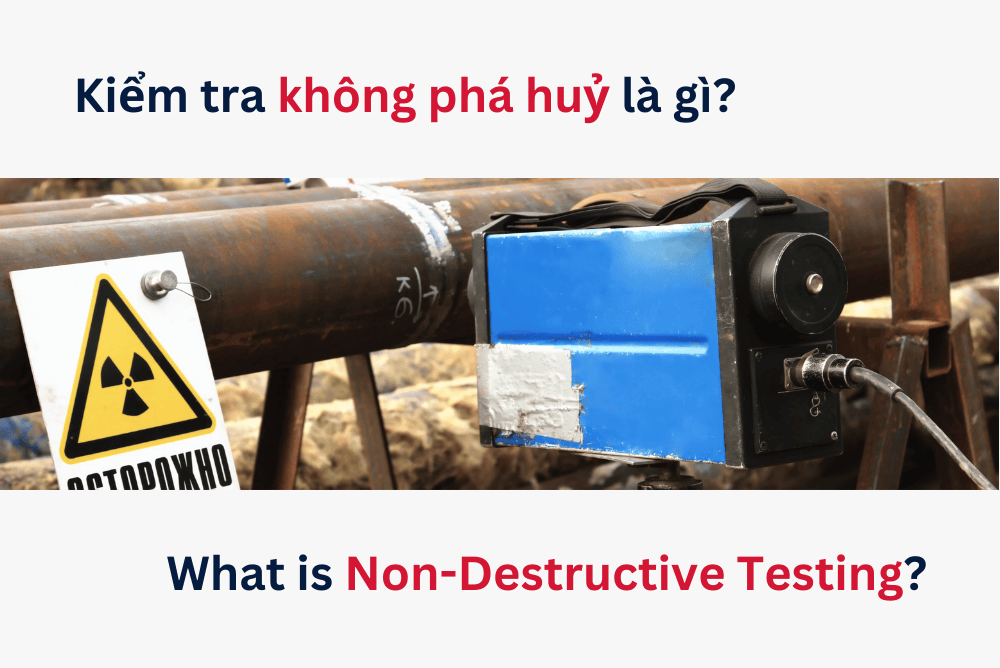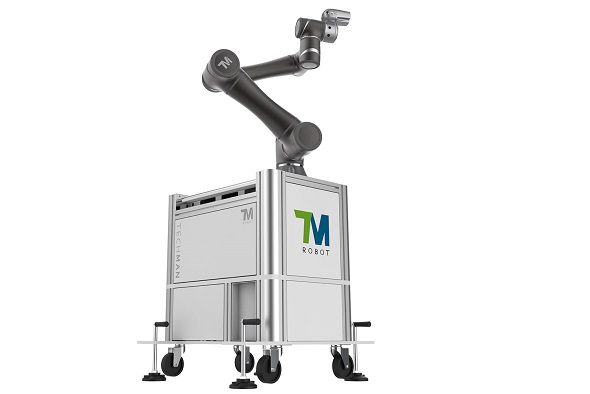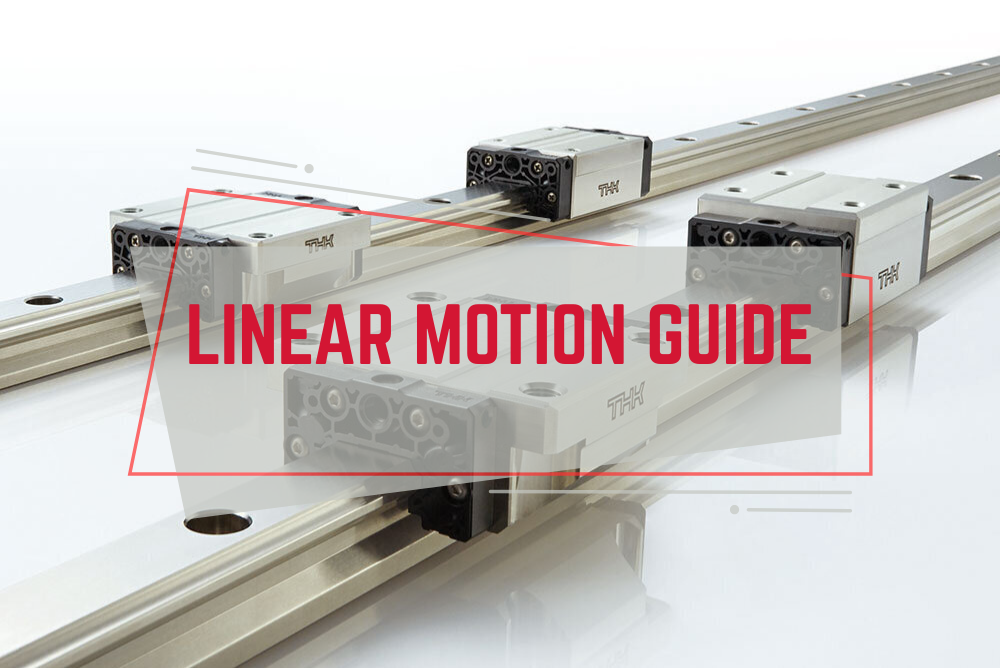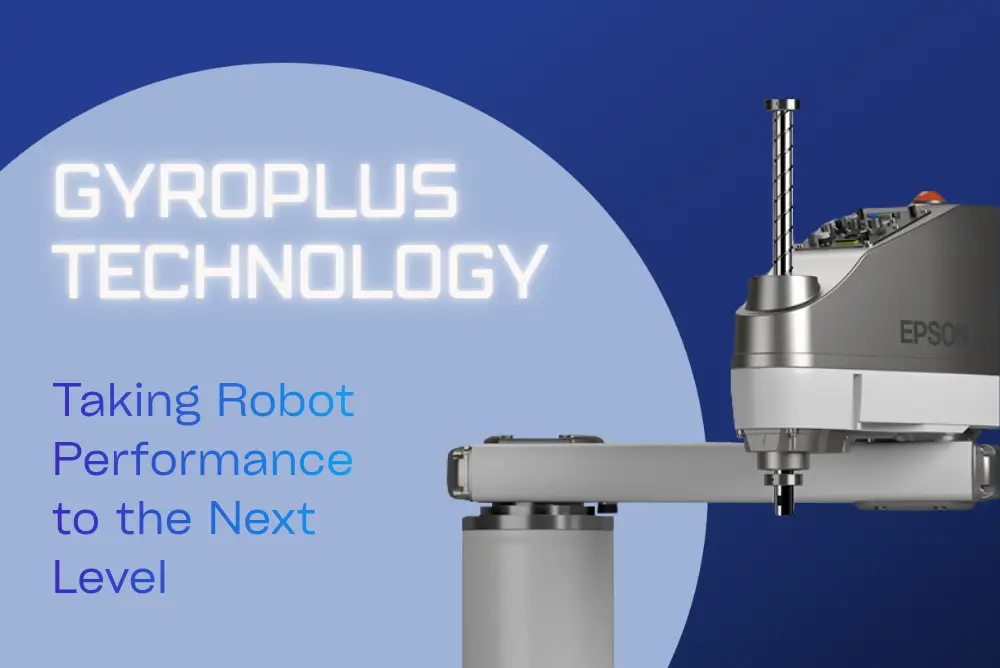In today’s industrial manufacturing environment, ensuring product quality is a critical factor for success. Non-Destructive Testing (NDT) is a method used to assess the quality and detect defects in materials, components, or systems without compromising their integrity.
The following article provides an overview of NDT, its various methods, and the applications and benefits it brings to modern industries.
Definition of Non-Destructive Testing
Non-Destructive Testing (NDT) is the process of using advanced techniques to inspect, evaluate, and detect defects in materials, components, or systems without causing damage to them. This method ensures that products meet quality and safety standards while reducing maintenance and replacement costs.
NDT can detect defects such as cracks, porosity, slag inclusions, delamination, lack of fusion, incomplete penetration in welds, corrosion in metals, material delamination in composites, hardness measurement, concrete moisture assessment, material thickness measurement, and rebar positioning in concrete structures
Advanced Non-Destructive Testing Methods
NDT is crucial in quality control (QC), quality assurance (QA), predictive maintenance, and early failure detection.
Difference Between Non-Destructive Testing (NDT) and Destructive Testing (DT)
NDT gathers information about material quality without altering or destroying its structure. In contrast, Destructive Testing (DT) requires modifying or even destroying the sample to collect analytical data. For instance, in DT, a portion of the material may be removed or structurally altered for detailed analysis.
Some common DT methods include:
- Macro Sectioning: Examining a cross-section of a welded joint by grinding or etching to analyze the internal structure.
- Tensile Testing: Applying force to a material sample until failure occurs to determine its strength and breaking point.
- 3-Point Bend Testing: Bending a material sample at three points to assess its durability, flexibility, and fracture resistance.
3-Point Bend Testing
The table below highlights the key differences between NDT and DT:
| Criteria | Non-Destructive Testing (NDT) | Destructive Testing (DT) |
| Impact on Sample | Preserves structure and function | Alters or destroys the sample |
| Reusability | Sample remains usable | The sample is no longer usable |
| Inspection Scope | Can inspect 100% of products | Limited to representative samples |
| Long-Term Cost | Lower (material savings) | Higher (material wastage) |
| Typical Methods | Ultrasonic, X-ray, penetrant, acoustic, vibration | Sectioning, tensile, bend, and impact testing |
| Main Objective | Detect surface and internal defects, measure properties | Determine strength limits and failure points |
| Applications | Detailed inspection, maintenance, quality review, product development | Property verification, product development |
The fundamental distinction is that NDT allows for inspections without affecting the product, preserving test samples, whereas DT results in sample alteration or destruction. The choice between NDT and DT depends on inspection objectives and material properties.
Common Non-Destructive Testing Methods
Various NDT techniques are applied based on material type and inspection requirements. Some widely used methods include:
1. Ultrasonic Testing - UT
Ultrasonic Testing uses high-frequency sound waves (0.5-25 MHz) to penetrate materials and analyze reflections from defects. It can detect flaws in thick materials with high accuracy but requires coupling agents and skilled technicians.
Ultrasonic Testing
2. Radiographic Testing - RT
This method employs gamma or X-ray radiation to penetrate materials and capture images on film or digital receivers, revealing cracks and voids invisible to the human eye.
The advantage of this method is its ability to generate and store defect evidence in the form of film or digital files. However, its drawbacks include high radiation exposure risks and difficulty in detecting cracks that are parallel to the radiation beam.
Radiographic Testing
3. Magnetic Particle Testing - MT
Magnetic Particle Testing detects surface and near-surface cracks in ferromagnetic materials by introducing a magnetic field and observing interruptions in the field.
This method is cost-effective and fast but is limited to ferrous materials, struggles with deep defects, and may require demagnetization afterward.
4. Liquid Penetrant Testing - LT
This method involves applying a special liquid to the surface of a material, followed by a developer that draws the liquid out of any defects. Ultraviolet (UV) light is then used to reveal defects when applying fluorescent dye. For conventional dyes, defects appear due to the contrast between the penetrant and the developer.
It effectively detects cracks and pinholes but is unsuitable for porous surfaces.
Liquid Penetrant Testing
5. Eddy Current Testing - ET
Eddy Current Testing measures variations in induced electrical currents within a magnetic field surrounding a conductive material to identify surface and near-surface flaws.
It offers a fast inspection process and effectively detect surface and near-surface defects. However, it is limited to conductive materials and cannot detect deep internal defects
6. Acoustic Resonance Inspection - ARI
The acoustic resonance testing method is based on exciting the product with sound waves and monitoring the material’s resonance response. Minor variations in the resonance frequency can indicate the presence of internal defects, such as microcracks or changes in material structure.
This technology is well-suited for high-precision applications and is particularly useful for inspecting composite materials or metals with complex structures.
7. Noise Vibration Inspection - NVI
This method analyzes vibration signals and noise generated during operation or intentionally induced to detect structural abnormalities in a product. It offers high accuracy and can identify deep-seated defects within the material.
However, it requires additional signal analysis equipment for effective implementation.
Noise Vibration Inspection
Each inspection method has its own advantages and limitations, making it suitable for specific materials and testing objectives.
Advantages of Non-Destructive Testing (NDT)
Utilizing non-destructive testing (NDT) equipment offers several key benefits for businesses:
- Product Integrity Preservation: NDT does not alter the structure or properties of the tested product.
- Cost Savings: Since NDT allows materials or components to remain intact after inspection, it helps save money and resources. Additionally, early defect detection prevents severe failures, reducing maintenance costs
- Enhanced Reliability: NDT ensures high inspection accuracy, guaranteeing that products consistently meet quality standards
- Workplace Safety Assurance: By identifying and addressing defects that could pose risks (such as pipeline leaks) in a timely manner, NDT helps protect workers' lives and health. Most NDT techniques—except for radiographic testing—are completely safe for humans.
Applications of Non-Destructive Testing (NDT)
Non-Destructive Testing (NDT) is widely applied across various industries, playing a crucial role in ensuring safety and product quality:
- Aerospace Industry: Evaluates aircraft structures, inspects engine components, and detects cracks early to ensure flight safety.
- Machinery Manufacturing: Examines structural integrity and defects in machine components, preventing failures during operation
- Construction Industry: Assesses the quality of concrete, structural steel, and other building materials to ensure durability and stability.
- Automotive Industry: Inspects vehicle frames, engines, and other parts to identify technical defects and prevent potential user risks.
- Electronics Manufacturing: Ensures the quality of components and circuit boards, contributing to improved device performance.
Implementing NDT not only helps detect defects but also supports maintenance processes, enhances production efficiency, and reduces repair costs.
Non-Destructive Testing (NDT) is a powerful tool for ensuring product quality and safety in modern industries. From defect detection and maintenance cost savings to enhancing product reliability, NDT plays a vital role in every production stage. Investing in advanced NDT equipment not only helps you meet high-quality standards but also gives your business a competitive edge in the market.
If you are interested in learning more or looking for state-of-the-art NDT equipment, contact us today for expert consultation and tailored solutions for your business.
Explore our range of top-tier Korean NDT equipment that we distribute here.


 Read more
Read more



